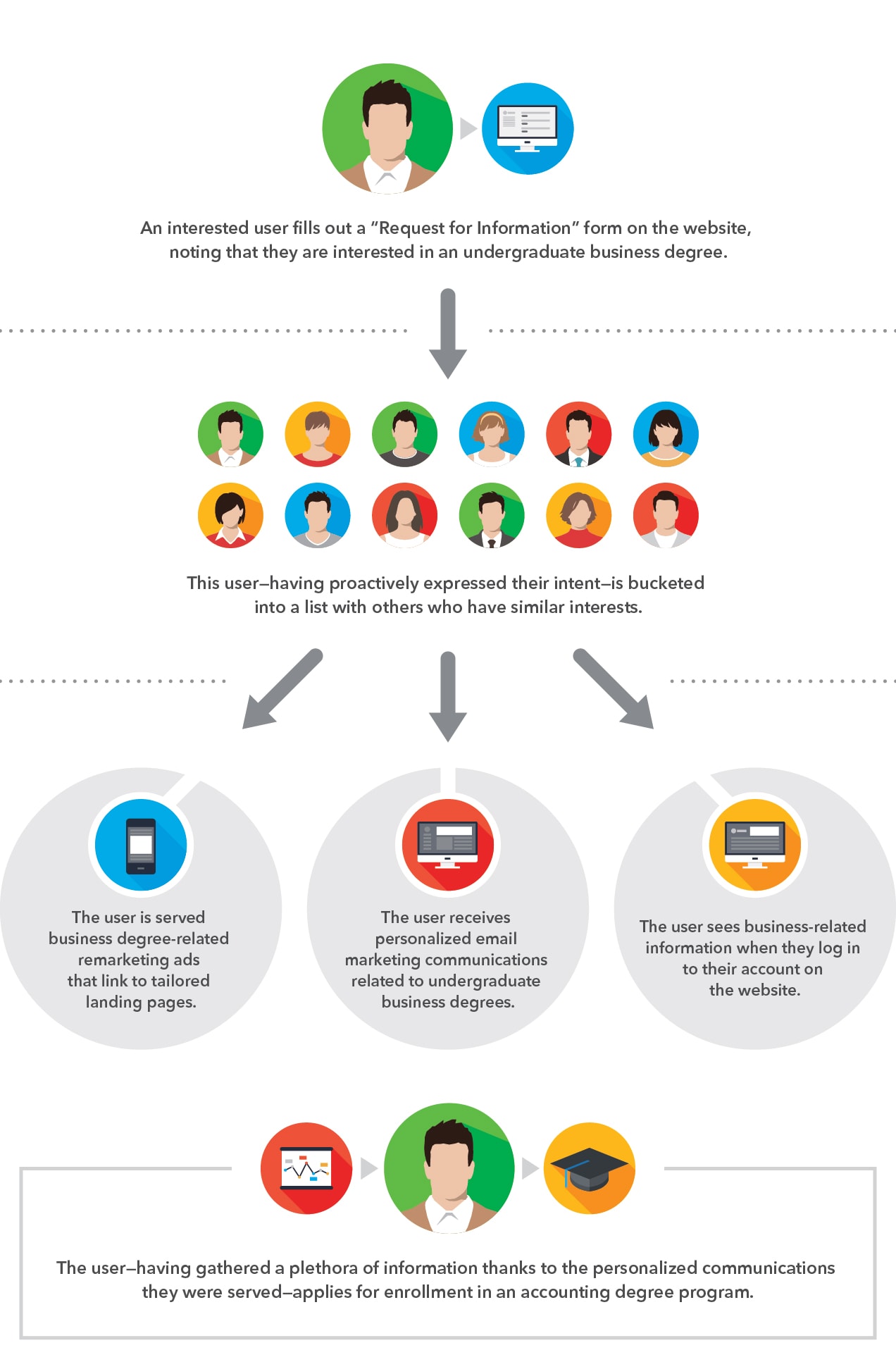Think tightening industry regulations are going to disrupt your digital media plan? Think again. While the third-party cookie—long the gold standard of digital tracking—is going to be phased out in the near future, don’t panic: There is still plenty of valuable data to be leveraged. And you can create it yourself.
Welcome to the age of zero-party data. Technically a form of first-party data (that a brand collects straight from a source), zero-party data can help you continue to deliver tailored experiences—that deliver real results. It could be a valuable add-on to your 2022 media plan along with traditional first-party and purchased second-party data: Here’s how and why.
What is zero-party data and why is it important?
A term first coined by Forrester Research, zero-party data—also known as explicit data—is:
“Data that a customer intentionally and proactively shares with a brand. It can include preference center data, purchase intentions, personal context, and how the individual wants the brand to recognize [them].”
Think forms on a website here. All the information a user submits via a form can be considered zero-party data (product/service preferences, types of marketing information they want to receive, etc.). The key is to make sure the individual opts in to receive marketing information from you.
There are numerous other great ways to collect this data:
- E-newsletter sign-ups
- Incentivized surveys
- Website chatbot conversations
In other words, this data comes straight from the source, making it incredibly useful for targeting and tracking. Additionally, it is highly respectful of privacy (a hot button with today’s consumer): Zero-party data has voluntarily been shared by a consumer, not mined from third-party trackers.
From zero to 100: An example in action.
Consider the following example from an Austin Williams’ client—a local college.

In this instance, we leveraged zero-party data to provide valuable information at several touch points throughout the student journey through several different mediums, which resulted in a new application to the college.
This methodology can be applied to any vertical, from a financial institution serving a personalized loan offer to someone who has expressed interest in refinancing their car, to a healthcare practice offering information on specific treatment options to a person looking for a new orthopedist—and many more.
Need help gathering—and using—zero-party data for your brand’s marketing? Contact us.










